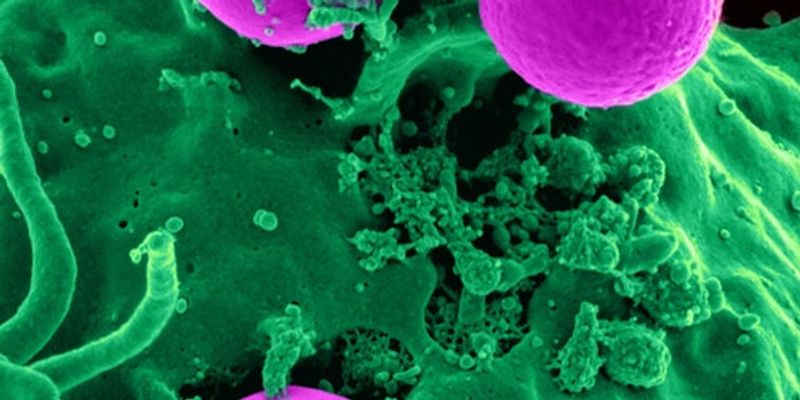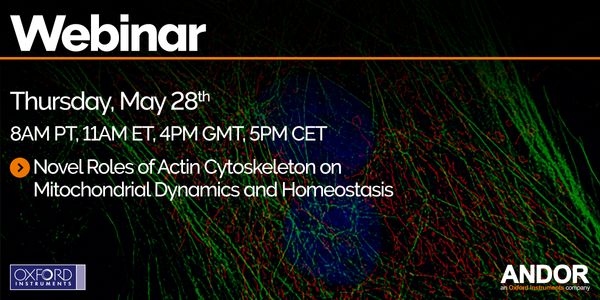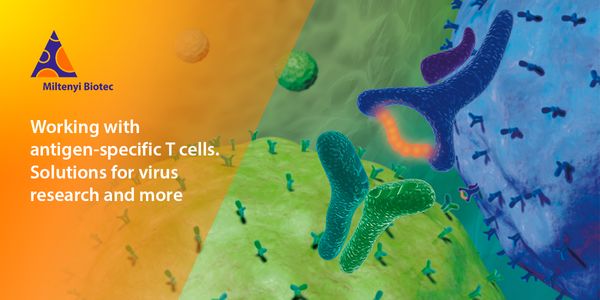Cell: is the smallest structural and functional unit of an organism, typically microscopic and consisting of cytoplasm and a nucleus enclosed in a membrane. Microscopic organisms typically consist of a single cell, which is either eukaryotic or prokaryotic.
-
During organismal development, differential regulation of the cell cycle is critical to many cell biological processes, including cell migration, cell fate specification and differentiation....
Multi-colour electron microscopy (MCEM) combines ultrastructural electron data with elemental information, transforming traditionally grey scale electron micrographs into colourful images th...
B cells have recently come into vogue as important contributors to the anti-tumor immune response in cancer patients. Specifically, B cells and the immune structures in which they reside (te...
One of the main challenges in cancer immunotherapy is the resistance to I-O therapies. Primary resistance can occur before treatment and acquired resistance can occur in patients who respond...
Microtubules (MTs) are dynamic cytoskeleton polymers forming a polarized intracellular network that provides structural support, facilitates intracellular transport and drives chromosome seg...
























